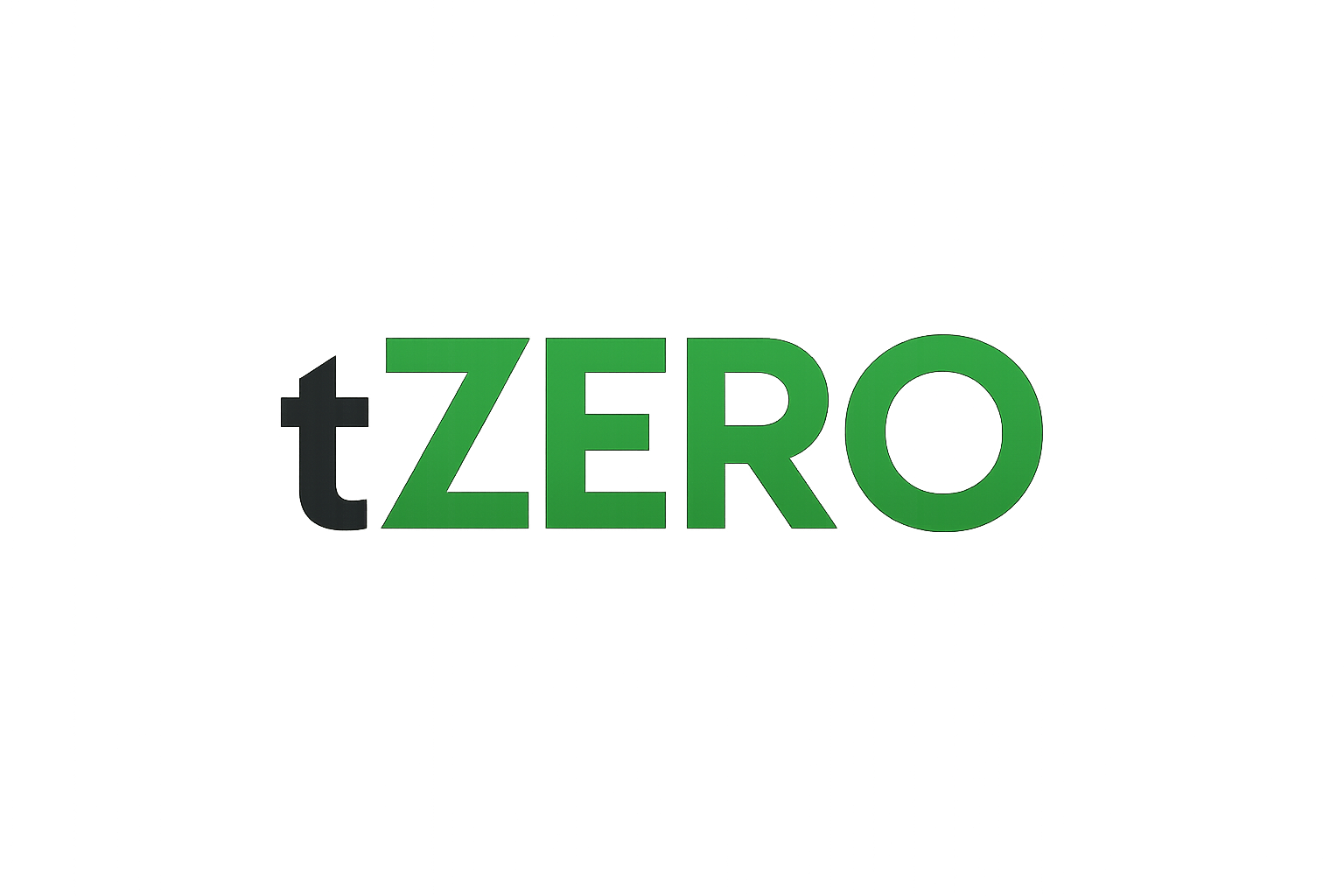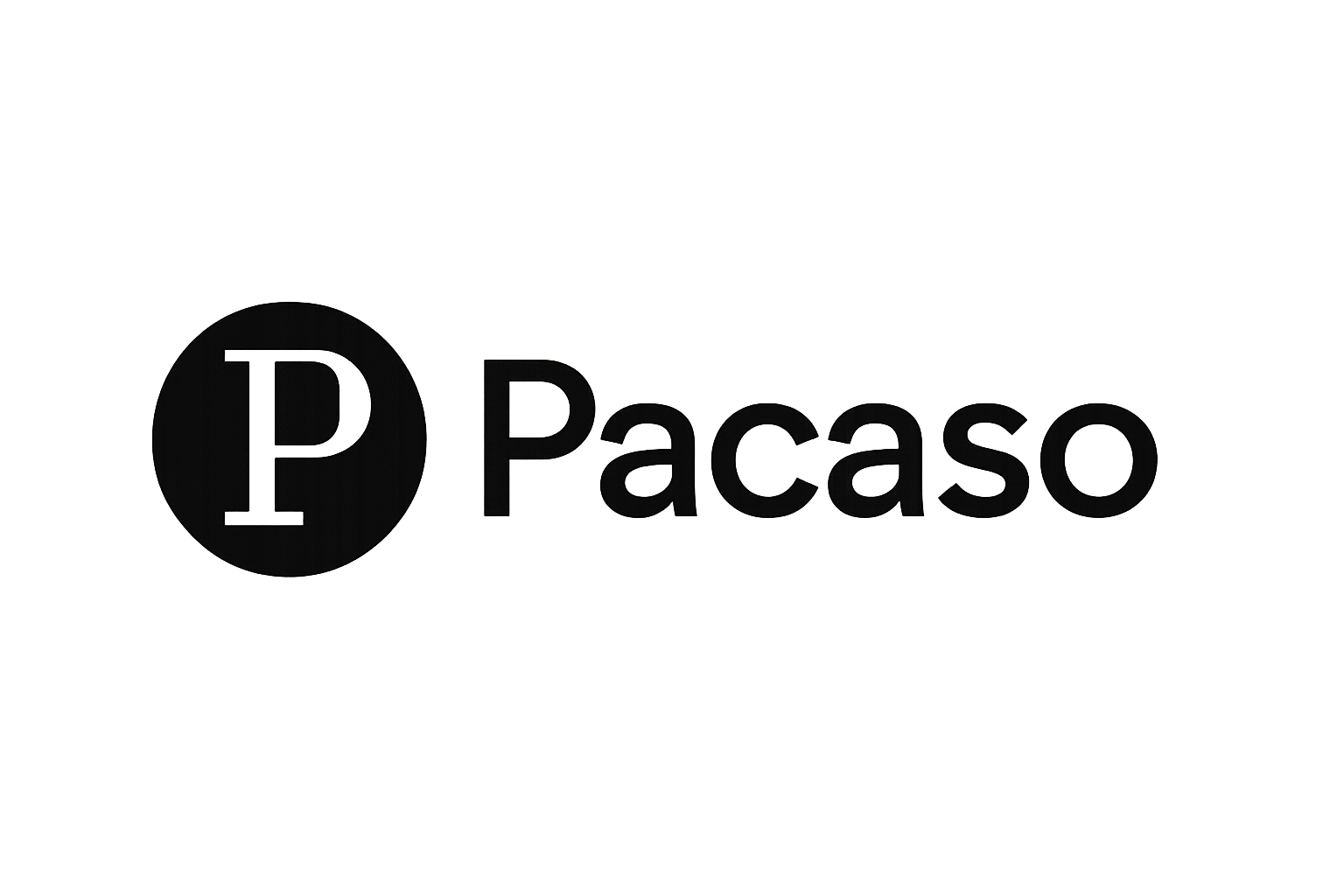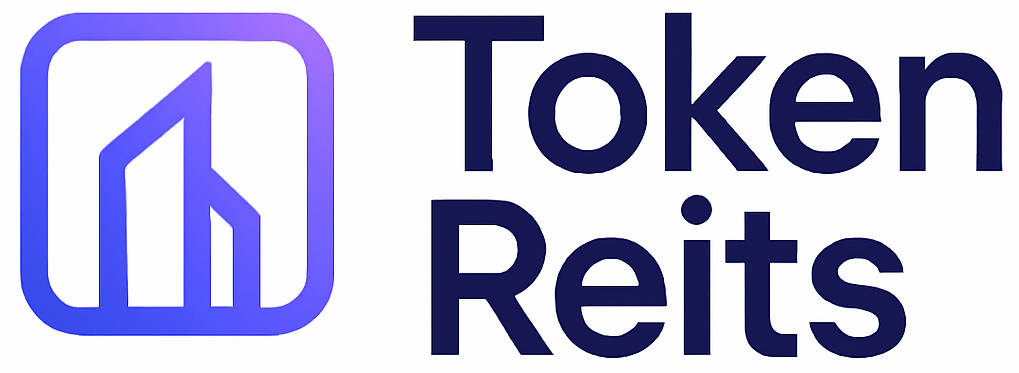
Imagine owning a slice of a Manhattan skyscraper or a share in a luxury resort without needing millions in the bank. Thanks to fractional ownership real estate platforms powered by blockchain, this is no longer just a fantasy for institutional investors. The rise of commercial real estate tokenization is transforming how people access, invest in, and benefit from high-value properties.

How Tokenization Breaks Down Barriers in Commercial Real Estate
For decades, commercial real estate was an exclusive club. High minimum investments, complex paperwork, and limited liquidity kept most everyday investors out. Tokenization flips this model on its head by dividing ownership of properties into digital shares, or property tokens. Each token represents a fractional interest in an asset and can be bought, sold, or traded much like traditional securities, but with far fewer barriers.
This innovation isn’t just theoretical, it’s already reshaping the market. Platforms like RedSwan CRE are leading the charge with offerings that let investors access prime commercial properties for as little as $1,000. Meanwhile, tokenized real estate platforms are making it possible for anyone with an internet connection to participate in global property markets.
Key Players Making Fractional Ownership Reality
Top Fractional Ownership Platforms in Real Estate
-

RealT: Specializes in tokenizing U.S. residential properties, enabling investors to purchase fractional ownership and receive daily rental income. As of 2025, RealT has tokenized over 700 properties with a total asset value exceeding $130 million.
-

RedSwan CRE: Focuses on commercial real estate tokenization, offering fractional shares of high-value, institutional-grade properties. Minimum investments start as low as $1,000, making global real estate more accessible.
-

tZERO: A subsidiary of Overstock, tZERO operates a blockchain-based marketplace for tokenized securities, including real estate. Notably, it facilitated the tokenization of the St. Regis Aspen Resort, raising $18 million through digital tokens.
-

Pacaso: Operates a unique model by purchasing and renovating single-family homes, then dividing ownership into shares. Each share allows owners to use the property for up to 44 nights per year, making luxury second homes more attainable.
RealT, for example, has tokenized over 700 residential properties across the U. S. , representing more than $130 million in assets as of 2025. Investors receive daily rental income distributions directly to their crypto wallets, a level of efficiency unheard of in traditional real estate deals. On the commercial side, RedSwan CRE specializes in institutional-grade assets and global accessibility through blockchain-driven fractional shares.
tZERO, a subsidiary of Overstock, has brought mainstream attention to the space by facilitating the tokenization of marquee assets like the St. Regis Aspen Resort, raising $18 million through digital shares that offer both liquidity and transparency.
The Benefits: Accessibility, Liquidity and Transparency
The advantages go well beyond lower minimums:
- Increased Accessibility: Investors can own fractions of properties they’d never afford outright, opening doors to markets like New York or Miami with just hundreds or thousands rather than millions.
- Enhanced Liquidity: Unlike traditional real estate stakes that can take months (or years) to sell, property tokens are built for trading on secondary markets, giving holders flexibility if their investment goals change.
- Transparency and Security: Every transaction is recorded on blockchain ledgers, reducing fraud risk and making ownership records tamper-proof.
This democratization is also spurring regulatory innovation and global participation. For instance, platforms now routinely onboard international investors who previously faced insurmountable hurdles due to jurisdictional complexity or capital requirements.
The Mechanics: From Property to Digital Shares
The process begins when a platform acquires or partners on a high-value asset, say an office tower or luxury apartment complex. Ownership is then structured through an LLC or similar entity whose equity is divided into digital tokens (often using Ethereum-based standards). Investors buy these tokens directly via the platform using fiat currency or cryptocurrencies.
If you’re curious about how this works at ground level, including what happens when you invest $1,000 versus $100,000, check out our detailed walkthrough: How Fractional Real Estate Tokenization Works: A $1 Million Property Example.
Once you own property tokens, your stake is recorded immutably on the blockchain. Income distributions, such as rent or dividends, are typically paid out automatically, sometimes even daily, as RealT demonstrates. If you want to exit your position, you can list your tokens on a compatible secondary market, potentially unlocking liquidity in days rather than months. This streamlined process marks a radical departure from the slow, paperwork-heavy world of traditional real estate investing.
Risks and Considerations for Investors
While the benefits of fractional ownership real estate are compelling, it’s important to approach these new opportunities with both enthusiasm and caution. Market volatility, platform risk, and evolving regulations are all part of the landscape. Not every property or platform is created equal. Due diligence, both on the underlying asset and the tokenization provider, is essential. Look for platforms with transparent governance, strong security protocols, and a track record of successful offerings.
Another key consideration is regulatory clarity. In the U. S. , most property tokens are considered securities, which means offerings must comply with SEC rules. This ensures investor protection but can also limit access for non-accredited investors on certain platforms. However, as legal frameworks mature, expect broader participation and even more innovative investment models to emerge. For a deeper dive into how tokenization is lowering barriers for global investors, see this resource.
What’s Next: The Future of Blockchain Real Estate Investment
The momentum behind blockchain real estate investment is undeniable. As technology and regulation evolve in tandem, we’re likely to see even more asset classes, from retail malls to logistics centers, enter the tokenization arena. Secondary marketplaces will become more robust, improving price discovery and liquidity for property tokens commercial investors. Expect to see new hybrid models that blend DeFi features with real-world assets, providing yield opportunities that rival or surpass traditional REITs.
Perhaps most exciting is the way tokenization is fostering a new culture of real estate ownership. Investors from around the globe can now co-own trophy properties and share in their economic upside. This isn’t just about access, it’s about community and empowerment. As platforms like RedSwan CRE and RealT continue to break records in 2025, the line between digital assets and physical assets will only blur further.
The bottom line: Property tokens are making commercial real estate more accessible, liquid, and transparent than ever before. Whether you’re a crypto enthusiast or a traditional investor seeking diversification, the tokenized future is already here, and it’s open to everyone willing to take the leap.





